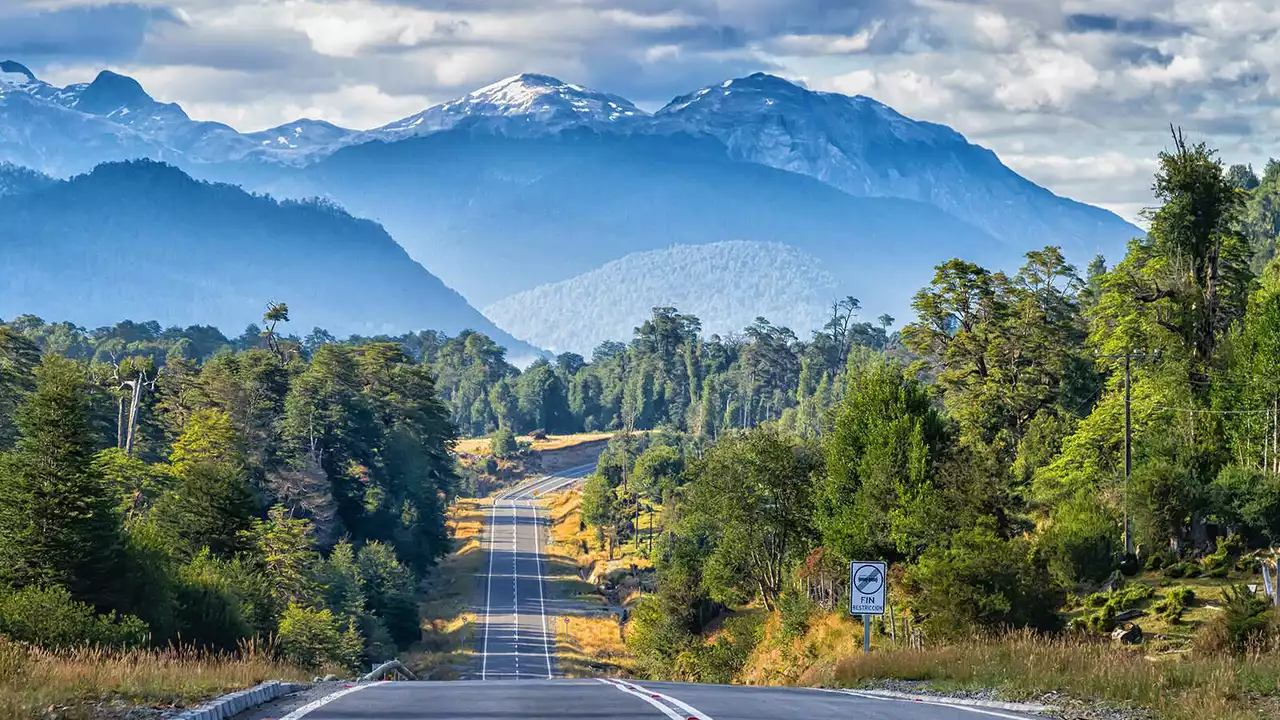Preparing Your Vehicle for the Journey
Before setting off on the long drive from Denver to Seattle in winter, it's crucial to ensure that your vehicle is in top shape. Cold weather can be ruthless to cars, and the last thing you want is to find yourself stranded in the middle of nowhere. Make sure your car's battery is in good condition. Cold weather can drain batteries faster, and a weak battery might not be able to start your car in freezing temperatures.
Check your car's antifreeze levels too. This liquid is essential in preventing your engine from freezing in cold temperatures. Similarly, your tires need to be in excellent condition, with sufficient tread depth for snowy or icy roads. Consider switching to winter tires if the forecast predicts heavy snowfall. Don't forget to pack an emergency kit with essentials such as a flashlight, blankets, food, water, and a first aid kit.
Choosing the Best Route
There are several routes you can take from Denver to Seattle, but in winter, some are safer and more reliable than others. The most straightforward route is to take I-25 N to I-90 W, which will guide you through Wyoming, Montana, and Idaho before reaching Washington.
This route offers beautiful landscapes and several large cities along the way, providing ample opportunities for rest stops. However, keep in mind that winter weather can be unpredictable, especially in the mountainous regions of Wyoming and Montana. Always check the weather forecast and road conditions before setting off each day.
Staying Safe on the Road
Driving in winter conditions can be challenging, even for the most experienced drivers. Snow and ice can make roads slippery, and visibility can be poor. Always drive slower than you would in dry conditions, and increase your following distance to allow for longer stopping distances.
Remember to use your headlights in low-light conditions and during snowfall to make your vehicle visible to other drivers. Avoid using cruise control on slippery surfaces and be extra cautious on bridges, overpasses, and shaded areas where ice tends to form. If you find yourself in a skid, remember to steer in the direction you want to go, and avoid slamming on the brakes.
Planning Your Stops
Denver to Seattle is about a 20-hour drive, so you'll definitely need to plan some stops along the way. Cities like Casper, Wyoming; Billings, Montana; and Spokane, Washington offer suitable places to rest, refuel, and grab a bite to eat. But don't just limit your stops to practicalities. Make the most of your journey by exploring some of the beautiful sights along the way.
Consider a detour to Yellowstone National Park, or marvel at the stunning landscapes of Glacier National Park. Just remember that some attractions may be closed or have limited access during winter, so it's always a good idea to check before you go.
What to Pack for the Trip
Packing for a winter road trip requires a bit more thought than your average vacation. In addition to your regular luggage, you'll need warm clothing, including hats, gloves, and scarves, even if you don't plan on spending a lot of time outside. Don't forget your winter boots, either. They'll come in handy if you need to step out of the car in snowy conditions.
It's also a good idea to bring some food and drinks, especially items that can be consumed without heating. Snacks like granola bars, nuts, and dried fruit are great for on-the-go eating. And don't forget a thermos of hot coffee or tea to keep you warm on the journey!
Enjoying the Journey
Despite the challenges, a winter drive from Denver to Seattle can be a beautiful and rewarding experience. The snow-capped mountains, the quiet beauty of the winter landscape, and the sense of adventure make this a trip to remember.
So take your time, enjoy the journey, and make the most of this unique winter road trip. Whether you're traveling alone, with a partner, or with your family, this journey offers ample opportunity for bonding and making lasting memories. Just remember to stay safe, stay warm, and enjoy the ride!

 Motorsports and Racing
Motorsports and Racing